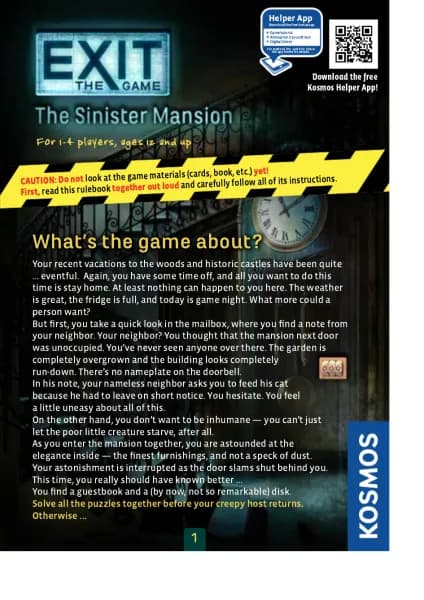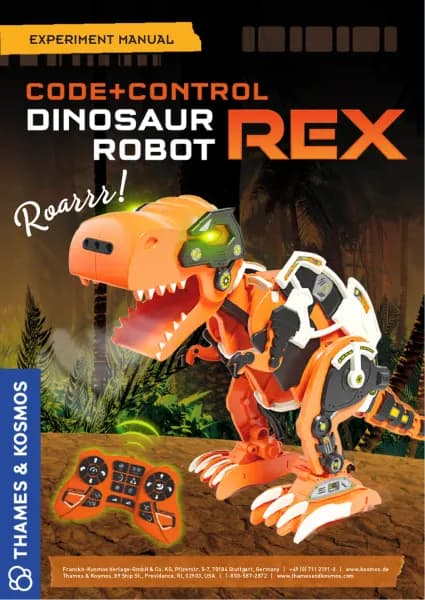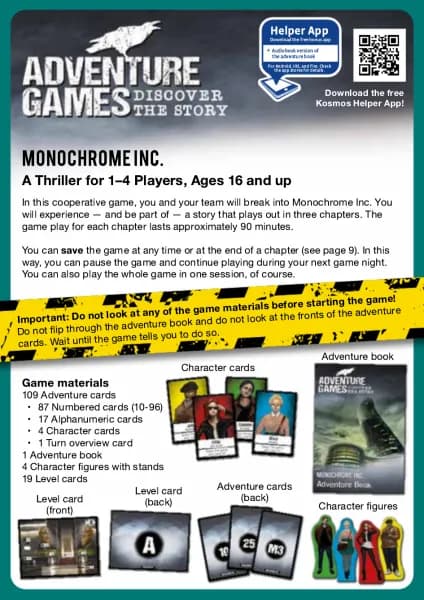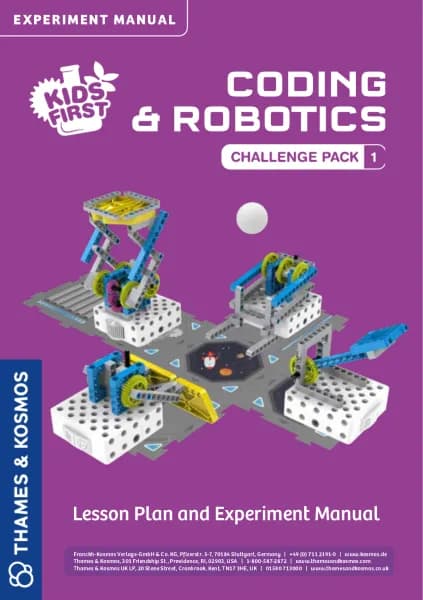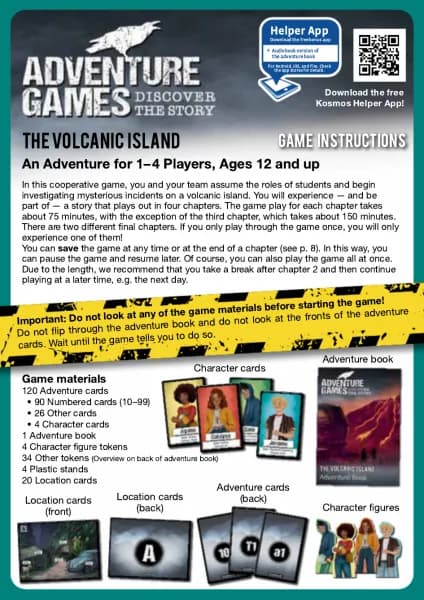Thames & Kosmos Kids First: Biology Lab (V 2.0) handleiding
Handleiding
Je bekijkt pagina 19 van 36
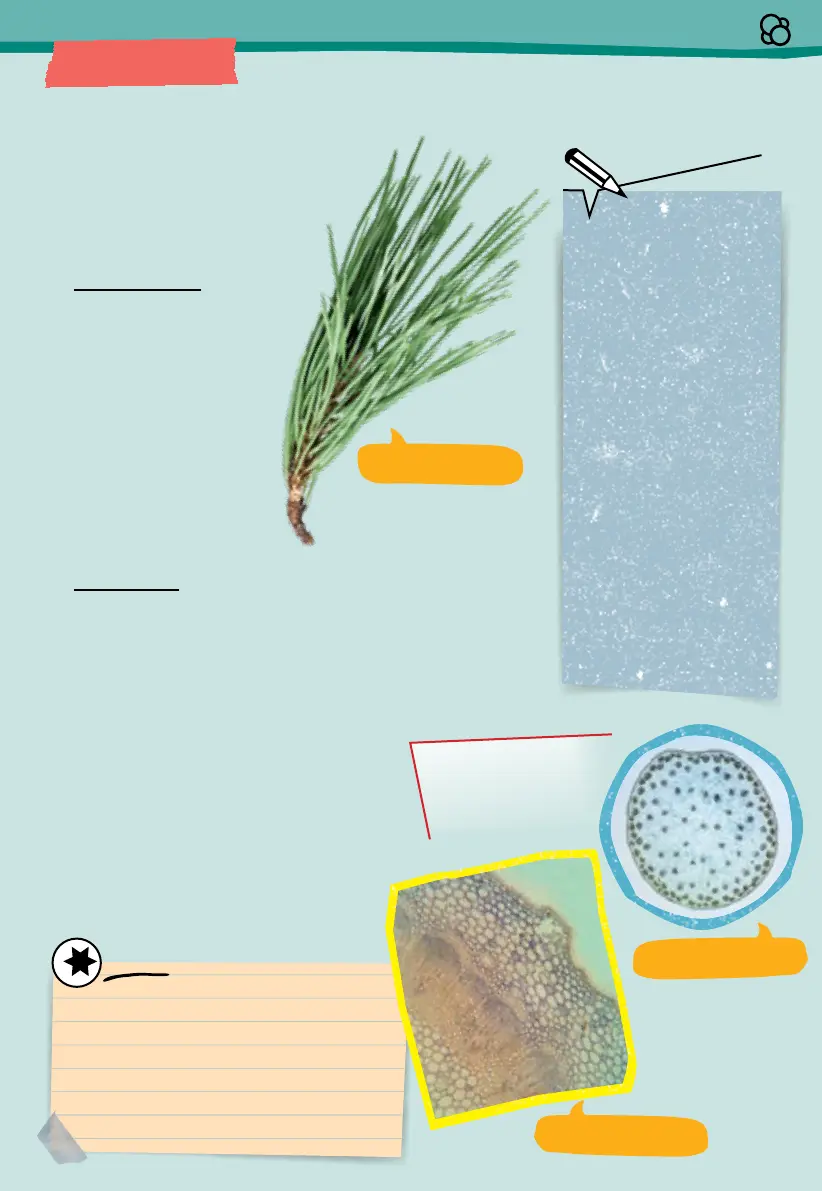
17
Cells in Cross Section
C
e
l
l
s
i
n
c
r
O
s
E
C
t
i
Pine needles,
sliced thin
You will need
– Slide
– Cover slip
– Pipette
– Razor blade
– Tweezers
– Dissecting needle
– Water
– Needle from pine tree
– Expanded polystyrene
foam piece
Here’s how
1. Prepare a slide. Make sure you have a sharp
razor blade that you have covered on one side
according to the instructions on page 10.
2. Cut a slit in the piece of expanded polystyrene
foam and insert the pine needle into the slit.
Cut very thin slices, as described on the
bottom of page 10.
3. Examine your pine needle slices and choose
the thinnest. Use the tweezers or dissecting
needle to carefully place this slice in the water
droplet on the slide.
WARNING!
The razor blade
is very sharp — and it needs
to be!
EXPERIMENT
5
In biology, tissue is a group
of similar cells. You can see
a variety of tissue types in
the pine needle slices even
without using a dye. The
supportive wall tissue
provides a stable structure
for leaves and stalks. Inside
the walls, there are tube-
like passageways for water
and nutrients, typically
also surrounded by
supportive tissue. At the
very edge, you can easily
see the outer cuticle
covering, composed of lots
of small cells.
K
e
y
w
or
T
You can tell right off the bat if a slice is too
thick by the fact that the cover slip will not
lie flat on the slide. You can only tell by
looking through the microscope if a slice
really is thin enough.
Ivy shoot
cross section
Corn stalk
cross section
Pine needles
Bekijk gratis de handleiding van Thames & Kosmos Kids First: Biology Lab (V 2.0), stel vragen en lees de antwoorden op veelvoorkomende problemen, of gebruik onze assistent om sneller informatie in de handleiding te vinden of uitleg te krijgen over specifieke functies.
Productinformatie
| Merk | Thames & Kosmos |
| Model | Kids First: Biology Lab (V 2.0) |
| Categorie | Niet gecategoriseerd |
| Taal | Nederlands |
| Grootte | 24679 MB |


